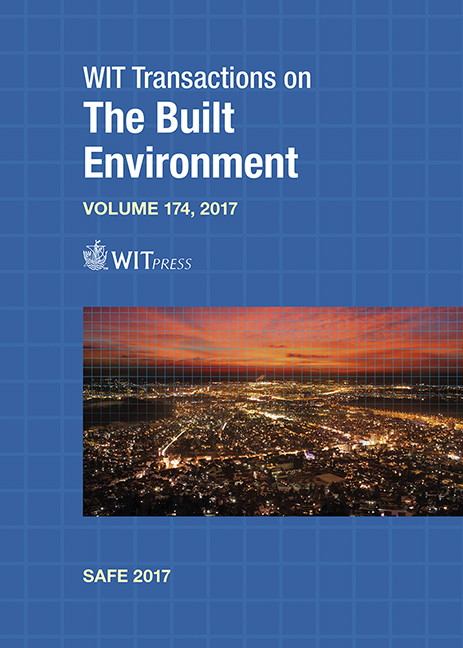HAZARD IDENTIFICATION APPROACH FOR FUTURE HIGHLY-AUTOMATED AIR TRAFFIC MANAGEMENT CONCEPTS OF OPERATION: EXPERIENCES FROM THE AUTOPACE PROJECT
Price
Free (open access)
Transaction
Volume
174
Pages
13
Page Range
303 - 315
Published
2018
Size
435 kb
Paper DOI
10.2495/SAFE170281
Copyright
WIT Press
Author(s)
FEDJA NETJASOV, BOJANA MIRKOVIC, TATJANA KRSTIC SIMIC, OBRAD BABIC
Abstract
In future air traffic management (ATM) a significant increase in automation is expected, in order to cope with growing air transport demand. The automation will take more active role during the provision of the air traffic control (ATC) services, while future air traffic controller (ATCo) will monitor and/or approve actions performed by automated ATC systems. ATCo will need to be trained to safely adapt to new role, with special emphasis to be prepared for active participation in the case of automated system failure (non-nominal situations). Developing appropriate training should rely on assessed safety hazards in future ATM. AUTOPACE project (funded by the SESAR Joint Undertaking within the framework S2020 Exploratory Research Programme as part of the Horizon 2020 programme) looks into 2050 and beyond. In order to assess safety hazards, an approach based on hazard identification brainstorming sessions with operational experts, combining four well known and complementary methods used in aviation is proposed. Future ATCo environment is observed through two main parts. Internal, core part contains ATCo and ATC system and their relations. External part (environment) gathers Local Traffic Manager, System Wide Information Management (SWIM), other ATC systems/ATCos and traffic (aircraft/pilot). Two expert brainstorming sessions were performed based on future tasks and description of nominal and non-nominal situations which were defined at the beginning of the project. One, with academic experts, resulted with initial set of hazards. The second, with operational experts (experienced ATCos), provided a validation of the initial set and some additional, complementary hazards. Final output from both sessions is the list of “operation specific” (general) and “task specific” hazards identified. Those hazards are subject to further characterization (assignment of severity and likelihood), aiming to determine safety critical hazards that will serve as an input for development of new training methods for future ATCos.
Keywords
risk assessment, hazard identification, air traffic management, air traffic control





